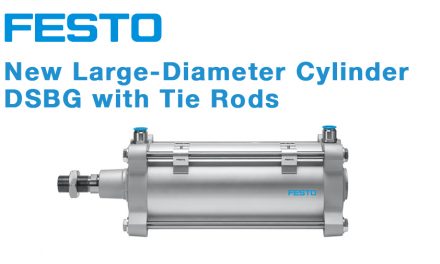Written by: Direct Pneumatics
Food safety: food quality through high Compressed air quality
When compressed air comes into contact with food, the source for compressed air is not a clean medium by nature. On the contrary, solids as well as particles are present almost everywhere in the form of dust in various concentrations.
Water, in the form of natural atmospheric humidity, is released in large quantities when the compressed air cools, so compressed air’s quality in accordance with the requirements of the respective applications provides the best possible safety for foods, consumers as well as food producers. This white paper includes information on:
- Compressed air preparation and compressed air quality classes
- Filter cascades for typical applications
Standards-compliant compressed air preparation Extreme strict requirements are stipulated for compressed air quality in the food and beverage industry. Adherence to them is important in order to ensure the best possible food safety, and thus reduce consumer’s risks as well. International standards are helpful in this respect.
For example, ISO 8573-1:2010 specifies quality requirements for compressed air and stipulates maximum permissible levels of contamination and particle sizes for the respective quality classes. At the same time, standards provide us with the opportunity of penetrating global markets thanks to clear-cut, logical standardization.
Standards-compliant, energy-efficient compressed air preparation for automation solutions therefore makes it necessary to answer questions regarding various parameters such as quality classes for:
- Particles (from pipe scale, wear particles, and atmospheric dirt)
- Water (liquid, vapor, and aerosol)
- Oil (liquid, vapor, and aerosol)
- Micro-organisms
A corresponding definition is included in ISO 8573-1:2010. ISO8573 is the group of international standards relating to the quality (or purity) of compressed air. The standard consists of nine separate parts, with part 1 specifying the quality requirements of the compressed air and parts 2 – 9 specifying the methods of testing for a range of contaminants. ISO8573-1:2010.

Compressed air comes into direct contact with non-dry foods (e.g. beverages, meat, vegetables, etc.). The compressed air is used for transporting and mixing, as well as for food production in general. It comes into direct contact with the food. The following compressed air quality classification in accordance with ISO 8573-1:2010 applies:

- Solid particles: class 1
- Water: class 4
- Oil: class 1
For more information click here: Direct Pneumatics












